- Home
- Low Energy Bulbs
Energy Efficient Light Bulbs
Explained
Like it or not, energy efficient light bulbs are here to stay.
Compared to energy efficient bulbs, traditional tungsten bulbs are simply too inefficient and expensive to run. Modern eco bulbs such as CFL bulbs (compact fluorescent light) and LED bulbs (light emitting diodes) simply blow them out of the water.
Many people were originally reluctant to accept the energy efficient light bulb as they (CFL's) were too slow to light up or too expensive and too bright (LED's).
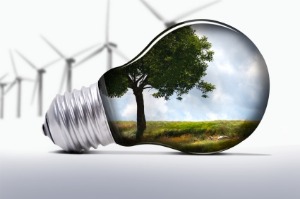
Price of Energy Efficient Light Bulbs:
They may seem expensive at first glance, but let me show you just how good value they actually are, for example:
Although you may think low energy light bulbs seem expensive on face value, you need to think of the price over the lifetime of the bulb and how much electricity they use during that lifecycle.
- It's been shown that an average 20 watt compact fluorescent bulb will last approximately 12 years and would use approximately £30 worth of electricity during that time.
- Compare this with the 15 traditional 100 Watt tungsten bulbs you would need to last the same 12 years and consider that they would use approximately £150 worth of electricity in that time.
- Now consider how many light bulbs you have in your house and you'll start to get the picture.
Brightness:
It's true some LED and CFL eco bulbs can appear to give off a very harsh white light, but if you check the packets before you buy you can avoid this problem by choosing the type of light according to your requirements
- 3,500 kelvins = very white light
- 3,000 kelvins = similar to a traditional halogen down-light.
- 1,500 kelvins = similar to an old style tungsten light bulb.
If you feel the light is too white or too blue you can also check the packets for descriptions such as "cool white" etc. so that you know what you're getting.
The articles below look in more detail into the two main types of energy efficient bulbs and why each one may be the best choice for you.
- CFL light bulbs - these are the type of bulb most of us think of when we think low energy light bulbs (the little curly ones). Here I'll explain what they are, why you might want them and what their advantages and disadvantages are.
- Home LED light bulbs - these are fast catching up with CFL bulbs and will likely overtake them in coming years. They have their own unique pros and cons which I will look at in more detail in this section and help you decide if they are the right choice for your eco home.
- Dimmable CFL Bulbs - Many of us have dimmer switches and these can present issues when changing to low energy bulbs. Find out what the issues and solutions are in this article.
- Why buy LED bulbs over the others? - here I look at the advantages of using LED bulbs over the the other eco variants.
Hopefully I've convinced you that energy efficient light bulbs are actually cheaper than traditional bulbs, and I hope you'll come to embrace them safe in the knowledge that they'll need to be replaced less often and will save you money very quickly.
They should pay for themselves within 12 months.
Still not convinced? Check out a test I carried out on six LED replacements in my own house.
According to EPC (Energy Performance Certificate) calculations, replacing traditional bulbs with low energy bulbs is one of the best and cheapest improvements you can carry out on your journey to creating your perfect eco-home.
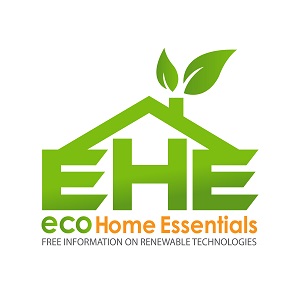

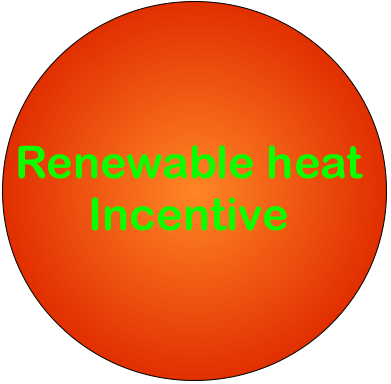
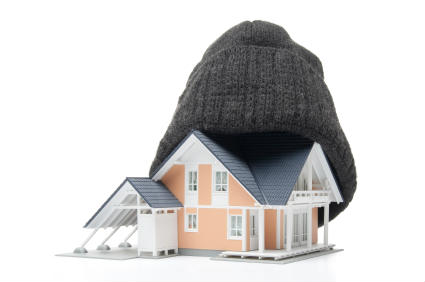
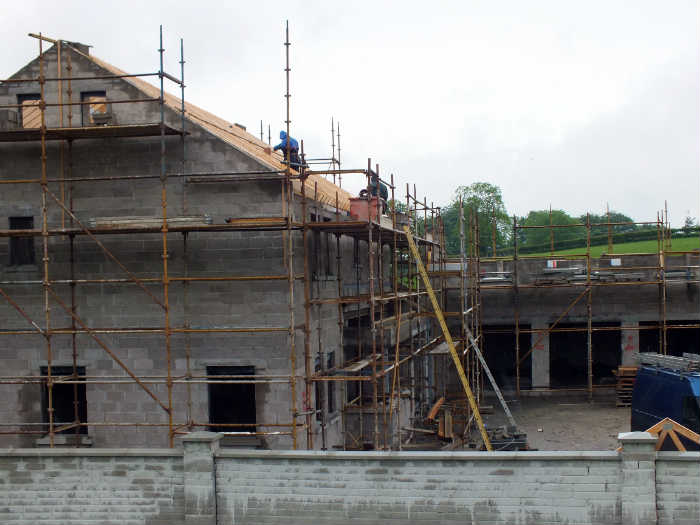

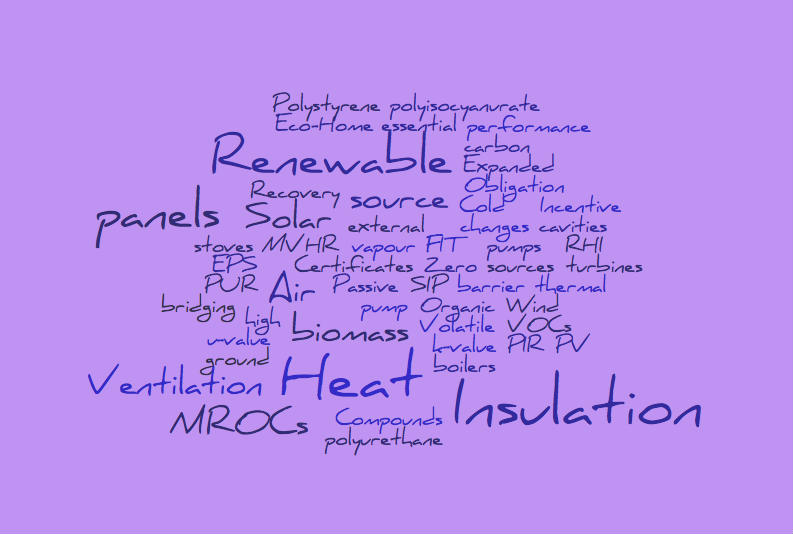






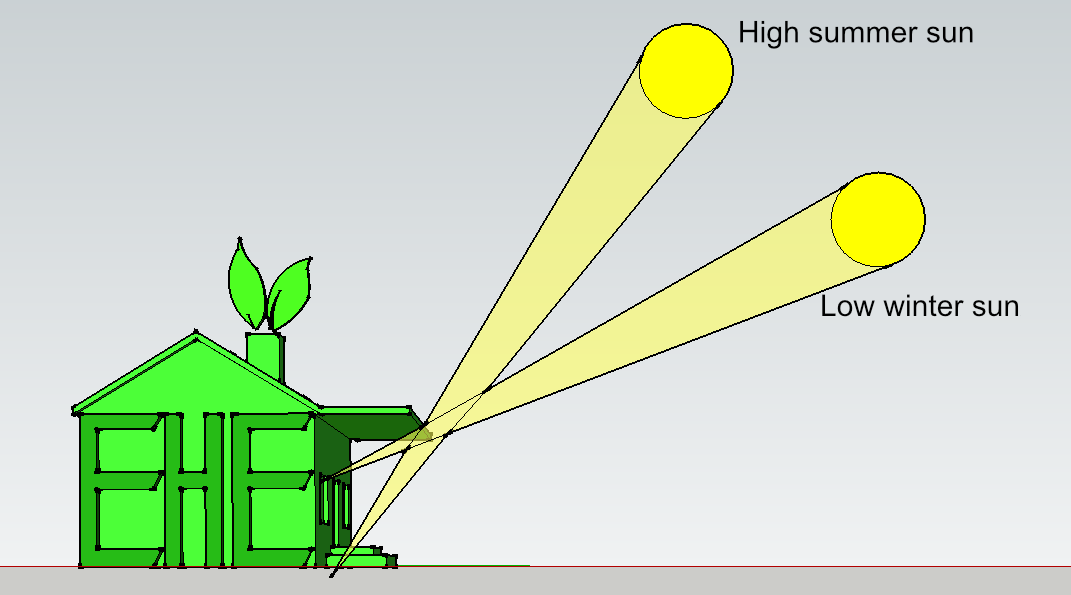
New! Comments
Have your say about what you just read! Leave me a comment in the box below.